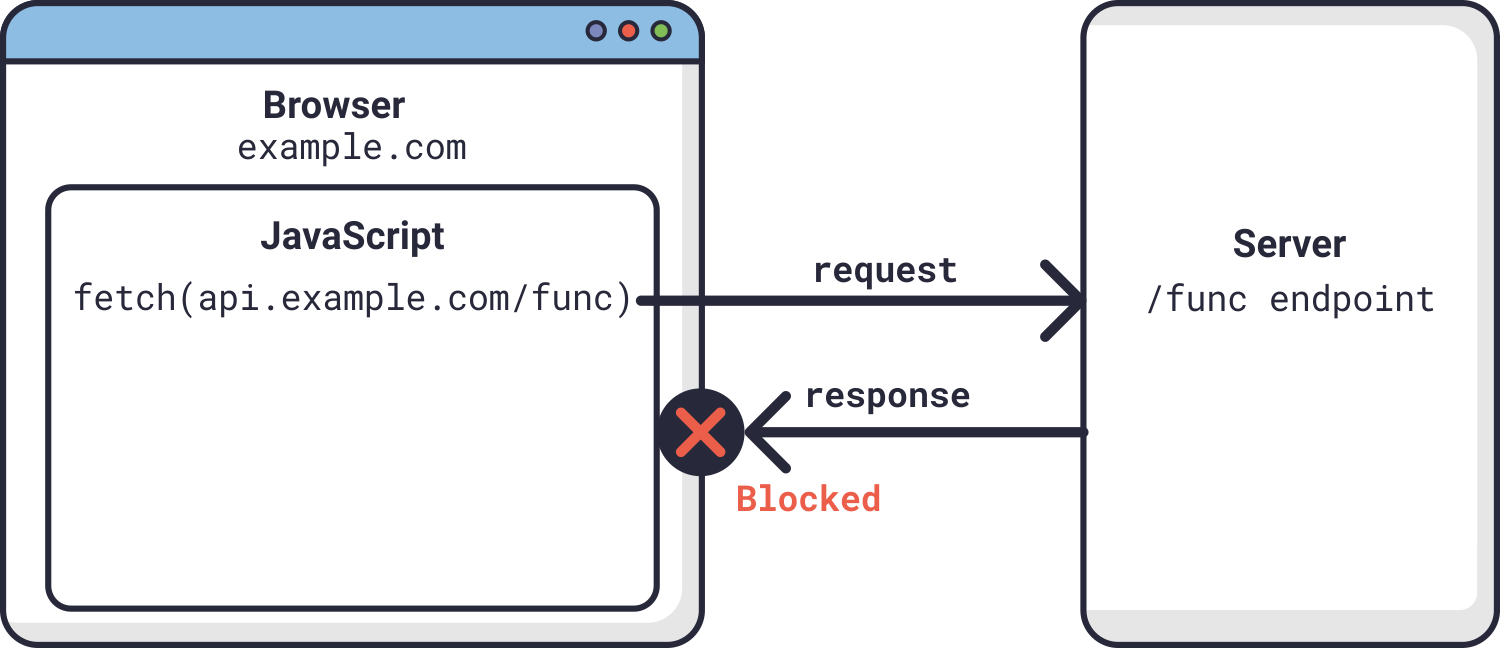Setup CORS Origin in Golang

According to MDN Cors Origin Resource Sharing (CORS) is a mechanism that uses additional HTTP headers to tell browsers to give a web application running at one origin, access to selected resources from different origin.
CORS like a permissions access for communications HTTP in browsers, okay example you have a domain http://frontend.com and you request in javascript code to access https://backend-api.com/ with using fetch or axios and getting data from server, and to able access from other origin you need to enable cors in https://backend-api.com/.
Okay, to enable CORS in golang we need to add some code in header response, below the example to using net/http.
1
2
3
4
5
6
7
8
9
10
11
12
package main
import (
"net/http"
)
func main() {
http.HandleFunc("/", func(w http.ResposeWriter, r *http.Request) {
// this keyword ("*") to allow all origin to access this endpoint
w.Header().Set("Access-Control-Allow-Origin", "*")
})
}
If using gin-gonic library please consider to using gin-contrib to enable cors.
1
2
3
4
5
6
7
8
9
10
11
12
13
14
15
16
17
18
19
20
21
22
23
24
25
26
27
28
29
package main
import (
"time"
"github.com/gin-contrib/cors"
"github.com/gin-gonic/gin"
)
func main() {
router := gin.Default()
// CORS for https://foo.com and https://github.com origins, allowing:
// - PUT and PATCH methods
// - Origin header
// - Credentials share
// - Preflight requests cached for 12 hours
router.Use(cors.New(cors.Config{
AllowOrigins: []string{"https://foo.com"},
AllowMethods: []string{"PUT", "PATCH"},
AllowHeaders: []string{"Origin"},
ExposeHeaders: []string{"Content-Length"},
AllowCredentials: true,
AllowOriginFunc: func(origin string) bool {
return origin == "https://github.com"
},
MaxAge: 12 * time.Hour,
}))
router.Run()
}
Okay, that is a short tutorial on how to enable CORS in golang.